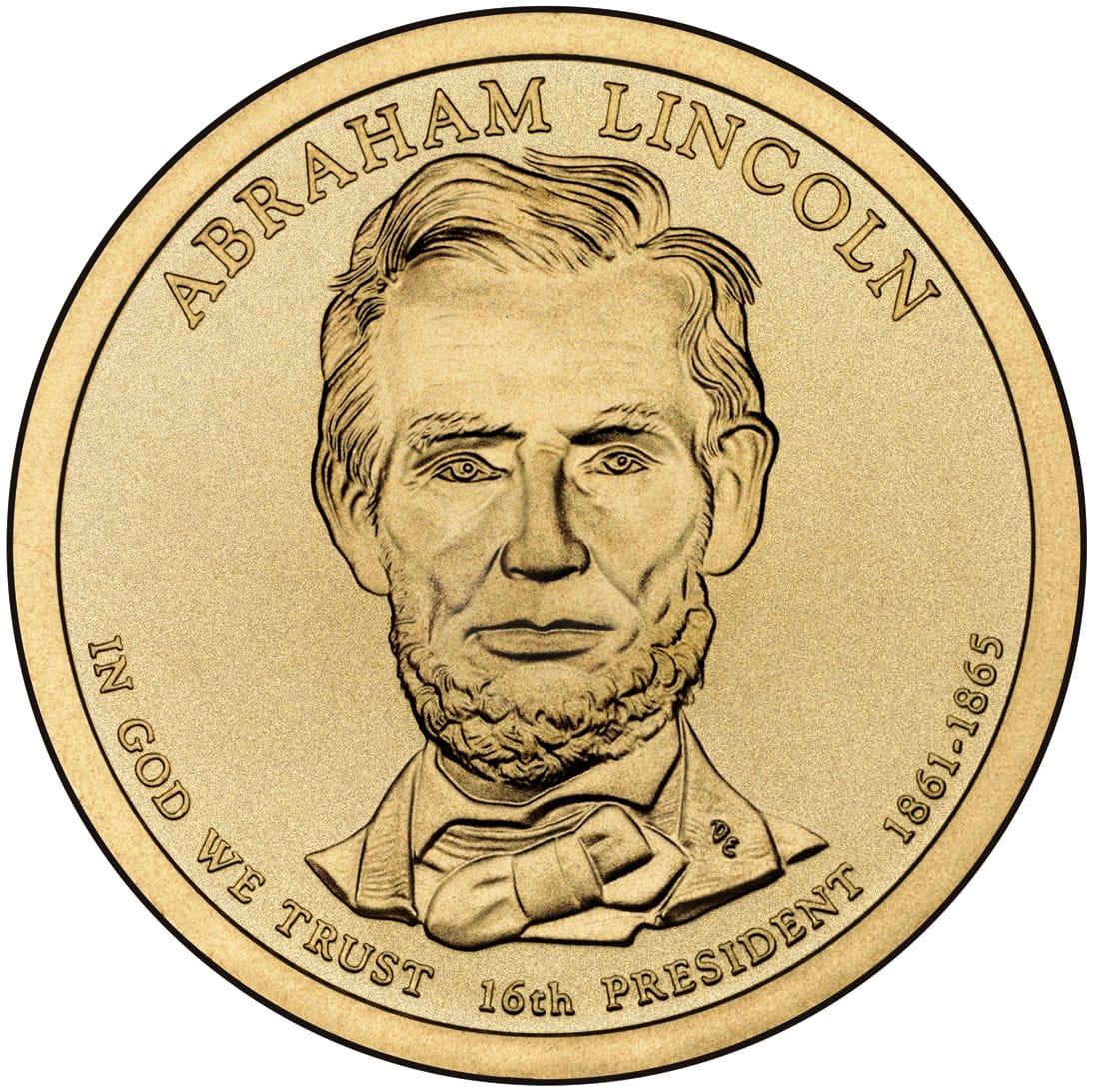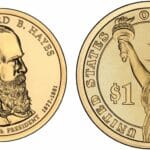Delving into the Lincoln Dollar
Get ready to explore the captivating world of the Abraham Lincoln $1 coin! This collector’s guide will answer all your questions about this iconic piece. We’ll delve into its history, design, and the potential value hidden within your pocket change. Whether you’re a seasoned collector or just starting, let’s unlock the secrets of the Abraham Lincoln $1 coin!
Beyond Face Value: What Makes a Lincoln Dollar Special?
Have you ever really looked at an Abraham Lincoln $1 coin? Introduced in 2010, this coin isn’t just another dollar—it honors the 16th president and reflects American history. The “obverse” (heads) features Lincoln’s portrait, while the “reverse” (tails) beautifully depicts the Lincoln Memorial.
The Value of a Lincoln Dollar: More Than Meets the Eye
While most Abraham Lincoln $1 coins are worth their face value, some can be surprisingly valuable. Factors that influence their value include:
- Condition: Like any collectible, pristine coins are worth more than worn ones. “Uncirculated” and “proof” coins, especially, can command a premium.
- Rarity: Special editions or coins with low mintage numbers are highly sought after by collectors.
- Errors: Those seemingly small minting mishaps, like double strikes or off-center strikes, can significantly increase a coin’s value.
Uncovering the Rarest $1 Coins in History
Some $1 coins are legendary for their rarity and value. These include:
- 1793 Flowing Hair Dollar: One of the first dollar coins ever minted, making it incredibly rare and valuable.
- 1804 Silver Dollar (Class I): Shrouded in mystery, only a handful of these coins are known to exist.
- 1836 Gobrecht Dollar (Original Proof): A favorite among collectors, these proof coins are exceptionally rare.
- 1870-S Seated Liberty Dollar: The “S” mint mark (San Francisco) and low mintage numbers make this coin a prized possession.
- 1893-S Morgan Dollar: Another San Francisco mint rarity, this coin is highly sought after by collectors.
Even modern coins can hold hidden treasures. Keep an eye out for those with striking errors—they could be worth far more than you think!
The 2010 Lincoln Dollar: Part of a Presidential Tradition
The Abraham Lincoln $1 coin is part of the Presidential $1 Coin Program, launched in 2007 to honor each U.S. president. Lincoln, the 16th president, was featured in 2010. The coin’s edge includes the year of minting, the mint mark (“P,” “D,” or “S”), and the inscription “E Pluribus Unum” (“Out of Many, One”).
Building Your Lincoln Dollar Collection: Tips for Beginners
Interested in starting a collection? Here’s how to begin:
- Start Small: Begin by acquiring coins in good condition at reasonable prices. As your knowledge grows, you can gradually expand to rarer and more valuable pieces.
- Educate Yourself: Research different Lincoln dollar varieties, mint marks, and potential errors to make informed decisions.
- Inspect Carefully: Always examine coins closely for signs of wear, damage, or errors.
- Seek Expert Advice: Consult reputable coin dealers or grading services to authenticate and assess the value of your finds.
- Store with Care: Protect your collection from damage and preserve its value with coin albums, holders, or capsules.
Conclusion: More Than Just Money
Abraham Lincoln $1 coins offer a tangible connection to history. Whether you’re a seasoned collector or just starting, exploring these coins can be both rewarding and educational. Remember, the next time you come across a Lincoln dollar, take a closer look—you might be holding a piece of history worth preserving.
- Unlock Water’s Symbolism: A Cross-Cultural Exploration - April 20, 2025
- Identify Black and White Snakes: Venomous or Harmless? - April 20, 2025
- Unlocking Potential: Origins High School’s NYC Story - April 20, 2025















